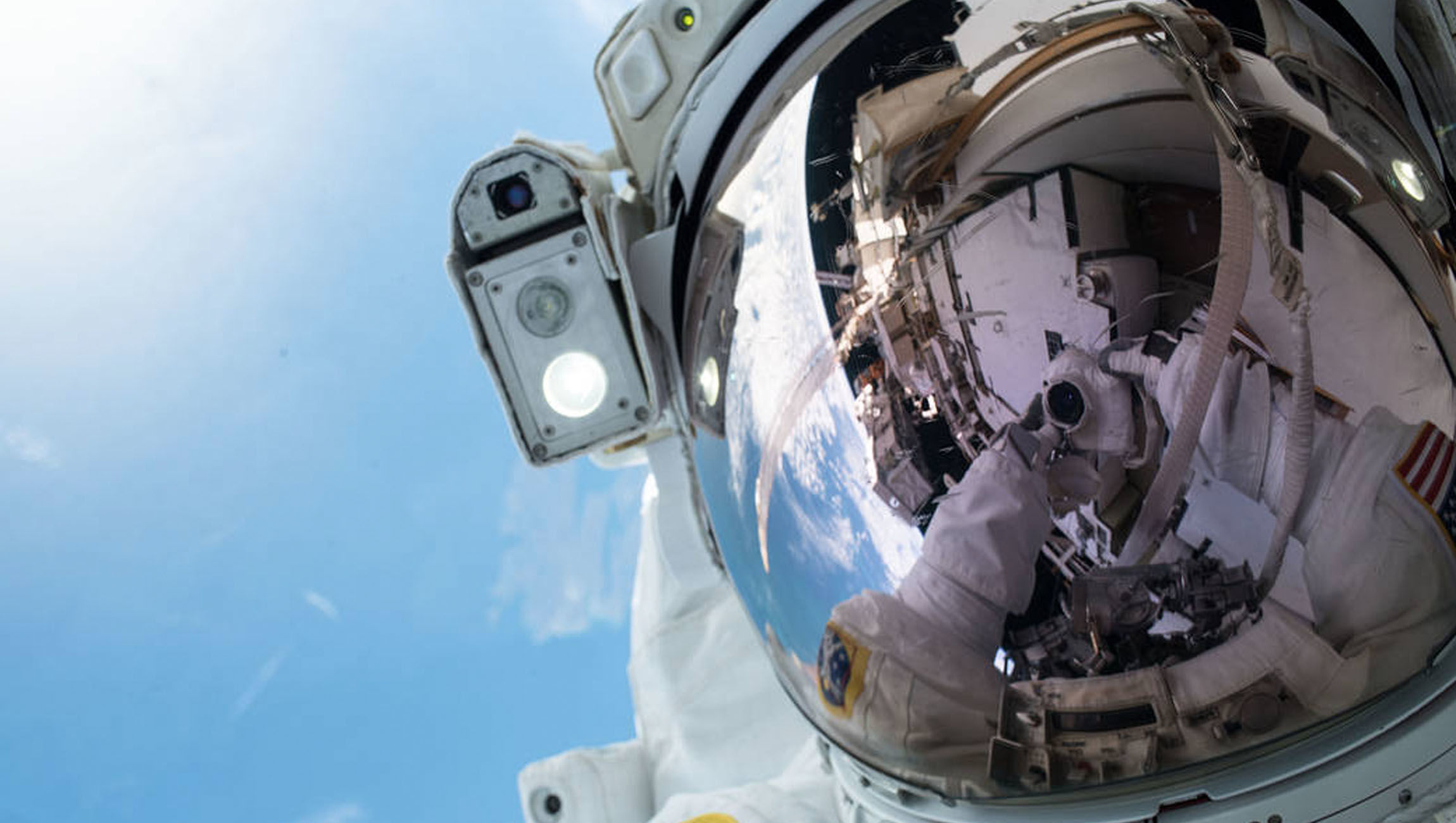Create a free profile to get unlimited access to exclusive videos, sweepstakes, and more!
Human blood acts really weird in zero-G, and that could threaten astronauts

When your body floats in microgravity, as cool as it looks (and probably feels), you know there has to be something weird going on inside.
NASA scientists have found out yet another of the abnormal and possibly dangerous things that go on inside the human body where gravity is all but nonexistent. Blood just can’t flow in the same way it does on Earth without the same quantity, direction and intensity of gravity, which can put astronauts at risk for potentially life-threatening clots. A research team led by Johnson Space Center manager Michael Stenger recently published a study in JAMA Network Open that might literally strike fear into an astronaut’s heart.
“Weightlessness is associated with blood flow stasis in the internal jugular vein, which may in turn lead to thrombosis in otherwise healthy astronauts, a newly discovered risk of spaceflight with potentially serious implications,” Stenger said in the study.
So never mind all the other physical problems that microgravity can cause. Now there’s one more to get nervous about.
When you take away the vector—that combined quantity, direction, and intensity—of Earth gravity, the human body, which is obviously designed to function best when on terra firma, reacts to its absence. Being weightless causes a fluid shift toward the head and changes the morphology of and flow of blood through internal jugular veins (IJV). What Stenger’s team wanted to see was whether the negative pressure that the lower body experiences in space has anything to do with reversing that fluid shift which can result in thrombosis in space.
“Humans have been flying in space for more than 50 years, yet this is the first report of venous thrombosis during spaceflight, to our knowledge,” said Stenger, though he noted that since these clots are asymptomatic, such clots could have occurred on astronauts previously and gone undetected.
Thrombosis happens when a blood clot forms inside a blood vessel, getting in the way of and even blocking blood flow. A thrombus, or clot, in the internal jugular vein could end up in the lungs and cause a pulmonary embolism, blocking an artery in the lungs and possibly giving the victim a death sentence.
The members of the ISS crew who Stenger studied were all on extended missions. Their IJV blood flow was measured in three positions; seated, lying down, and with a 15° head-down tilt. Out of 11 astronauts, 6 experienced stagnant or even retrograde (reverse) blood flow after 50 days in zero-G. Scarier still is that one crew member developed an IJV thrombus that put them at risk for blockage, and another was found to have a partial IJV thrombus.
This doesn't necessarily mean doom. Blood that rushed to the head was relocated to the lower extremities by lower body negative pressure (LBNP). LBNP applied artificially between days 50 and 150 decreased the risk for thrombosis and all sorts of dangerous conditions that are often side effects of increased heart rate.
Stenger still warned that the risk of thrombosis outside of Earth’s atmosphere “may have significant human health implications for civilian spaceflight as well as future exploration-class missions, such as a mission to Mars.”
Does this mean Mars is canceled? More investigation is needed here, but for the trek to the Red Planet, the human body could benefit from Alien-esque cryosleep chambers.
(via JAMA Network Open)














